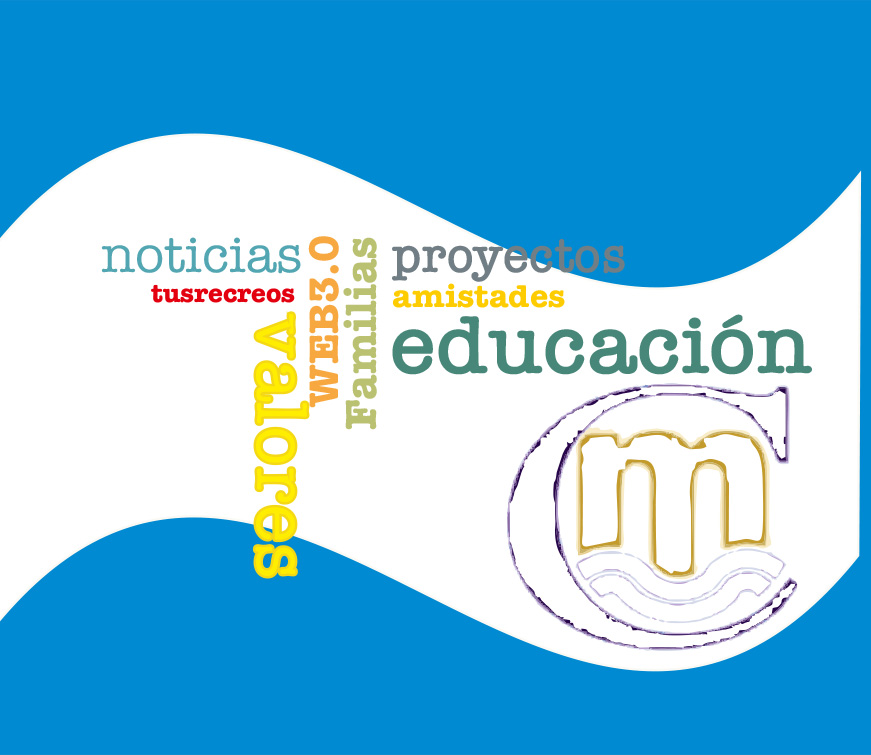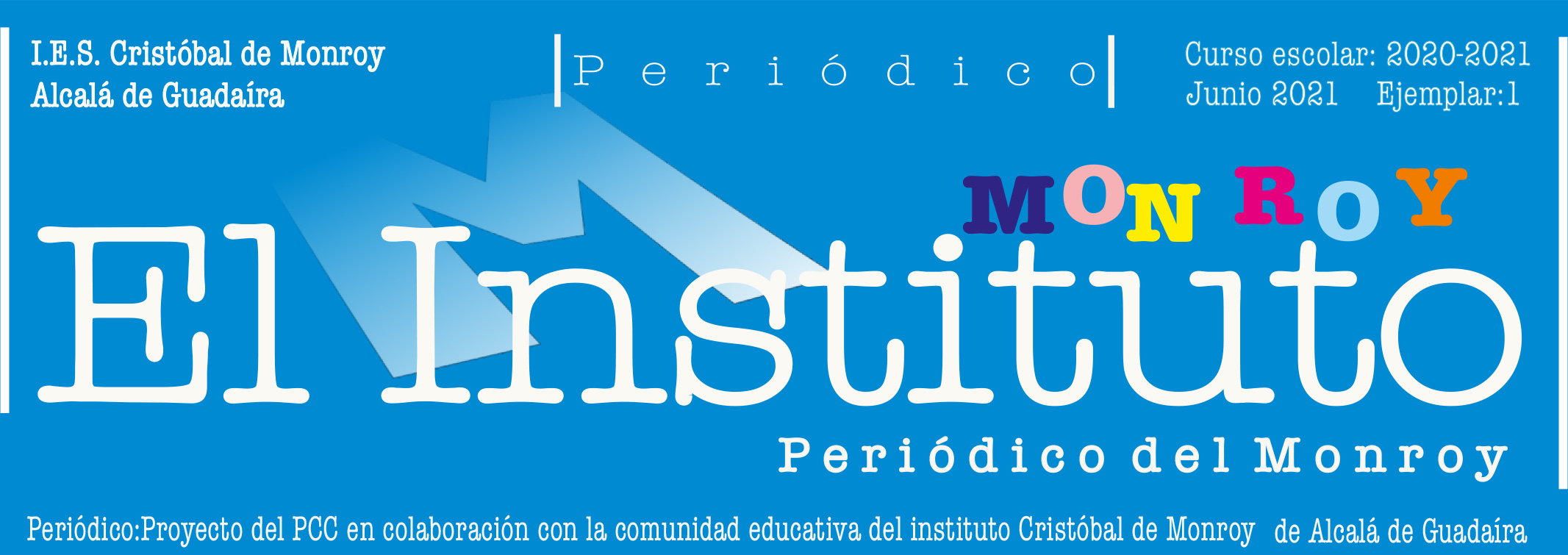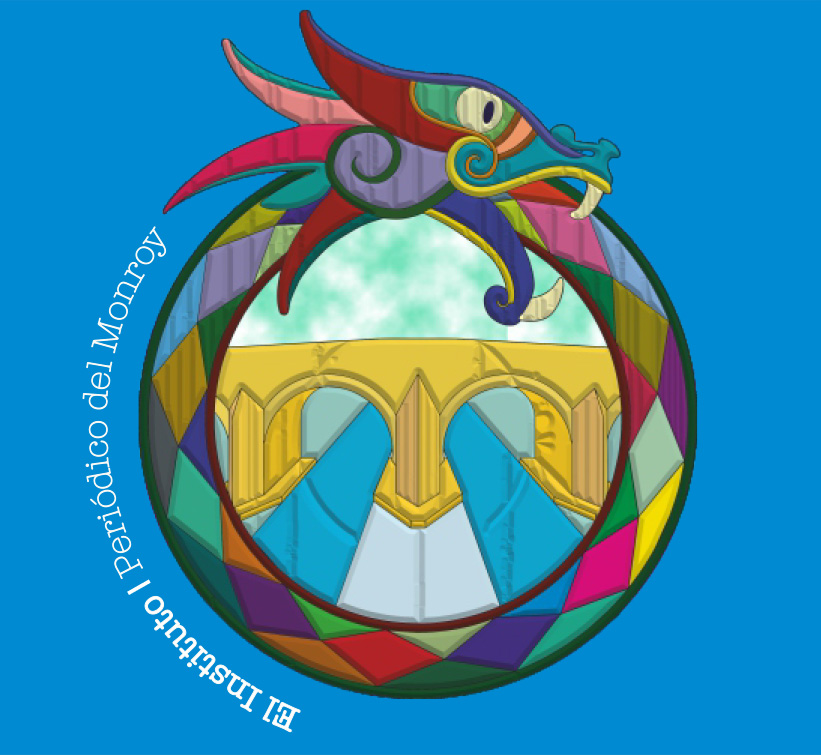By Montserrat Castillo Rodríguez, Pablo Florián García and Abel Gutiérrez Gómez-Landero (1 Bachillerato B)
In February, 1° Bachillerato B contacted Nathan, an American teacher from Portland, Oregon, via googlemeet. We had the opportunity to ask him some questions that we prepared the previous day about education in his country. We spent an hour talking to him, we spent only one hour because in his country it was twelve thirty at night. We have been able to compare education in two different countries.
We asked him some questions about education in America and these were the results:
1. Which subjects are mandatory in elementary and high school?
Nathan: «Maths , science , history and English»
2. What are «workshops» and «occupational therapy» about?
Nathan: «Workshops are practical subjects. Occupational therapy is a subject where students receive advice about different studies and careers»
3. Can you explain briefly what SAT is?
Nathan: «It’s a test that high-school students will take when they finish to access university . They are 3 tests then we join the marks»
4. What is the constructivist method?
Nathan: «It’s a teaching method where students lead the learning. The students try to solve problems and the teacher revises them»
5. Do you think learning Spanish is important for your students?
Nathan: «Absolutely. There are a lot of Spanish speakers in the USA, so it’s an useful language to communicate with Spanish speakers»
6. Do you have students from different nationalities?
Nathan: «Yes, they have students from Mexico, Colombia, Japan and even more. «
7. Are there centers that are middle and highschool at the same time, like we have in Spain?
Nathan: «Yes, there are, but that isn’t very common.»
8. How many students are there usually in one class?
Nathan: «There are between 20-30 students in a class in elementary school. The number in high schools can be higher»
9. Have you ever taught someone that has become famous in the USA?
Nathan: «Not yet because I have only taught in elementary school for 2 years»
10. Does lunch at school cost money for students?
Nathan: «Yes, they are usually paid. Some schools give some grants for poor students»
To conclude, I believe that we liked this experience a lot, because we can learn more about the education in America and we can practise to improve our speaking skills. In addition, we have realized that it is much easier to understand a native American than the audios in class!


